The beaches of Bali, temples of Borobudur and teeming nightlife of Jakarta are just a few of the attractions that have us all ready to plan our next adventure to Indonesia. With air travel still limited and borders largely closed, for now, we can only reminisce about its colourful culture by soaking ourselves in its distinctive aromas. Below you’ll find a sample of smells that will take you back to the island country. Bookmark this page – we recommend some places to visit for your future travels.
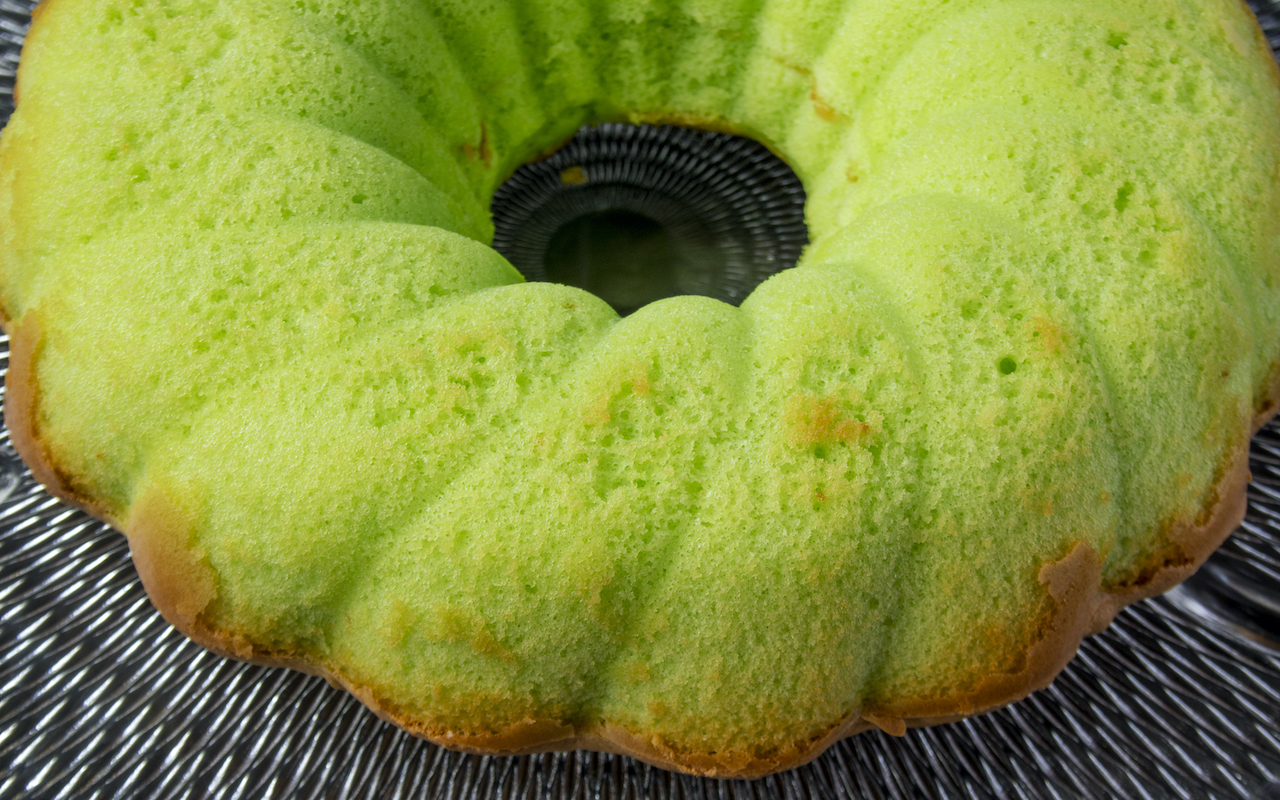
1. Pandan
This tropical plant is grown extensively in Indonesia (the country is credited with bringing this ingredient to the rest of South Asia) and is widely used in cakes, as green food colouring, food wraps and in kuehs. Its blade-like leaf, when tied, is also added to coconut rice, desserts or barley water to give enhanced fragrance. If you get a chance, don’t miss the Legend Pandan Cake from 36-year-old E.T. Bakery in Jakarta – a soft, moist sponge cake encased in a glistening pandan kaya kueh. Other pandan-infused dishes to try are the Indonesian dessert of kolak that’s prepared with a base of palm sugar and coconut milk and flavoured with pandan leaf; and the dadar gulung, a pandan pancake filled with sweet coconut. If you’re in Singapore, Bengawan Solo – founded by Indonesia-Chinese Anastasia Tjendri-Liew – is your best bet for pandan-related confectionery.
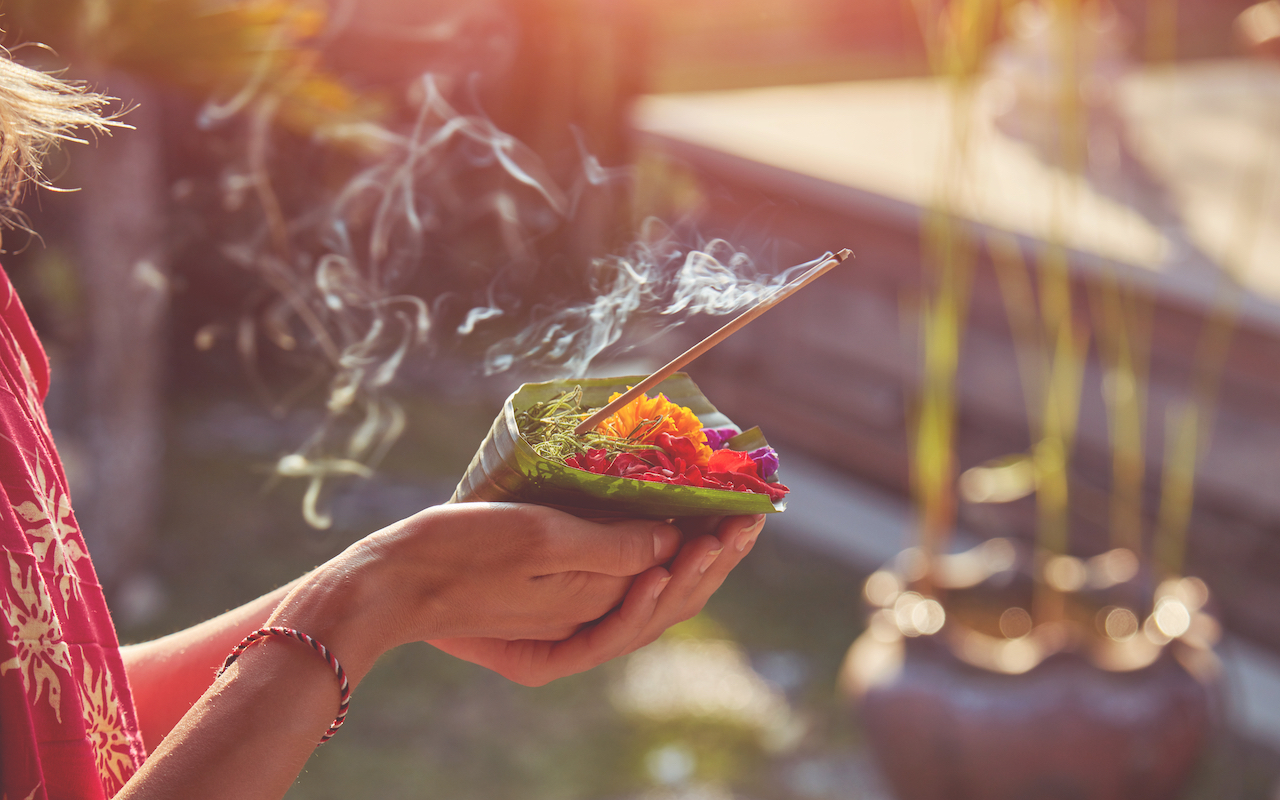
2. Incense
Known as the island of a thousand temples, Bali is a highly spiritual destination. The island is covered with thousands of sacred and picture-perfect temples, the most famous of which are Tanah Lot and Uluwatu. The Balinese believe that the fragrance of incense helps carry their prayers to the gods, hence many of them use incense at home, as well as in the temples, for their offerings. These are usually accompanied by an array of colourful fresh flowers. While burning incense has a religious significance, it can also be used for aromatherapy. To bring the scent of the island home, try the Temple Spice incense from Utama Spice – it is hand rolled in Bali and made from natural Balinese spices and herbs.
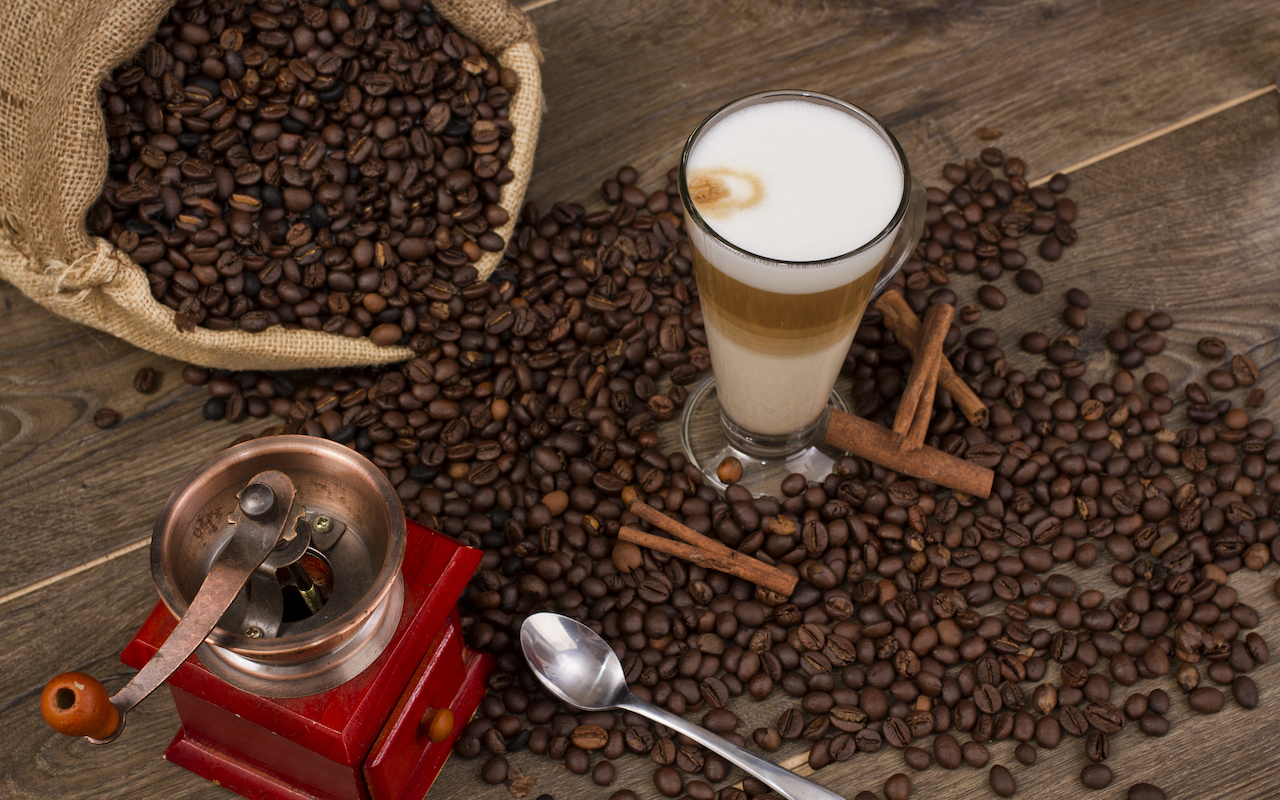
3. Coffee
Indonesia enjoys a booming coffee industry, thanks to a bunch of small but top-notch family-owned producers. Indonesians like their coffee black, rich and full-bodied, so naturally the aroma that wafts from its roasted beans is intense and robust. Three main regions produce the best coffee: Sulawesi, Sumatra and Java. Sulawesi’s coffees are nutty with a caramelised aroma and undertones of ripe fruit; Sumatra’s coffees have a smooth and sweet body with notes of cocoa and tobacco; and Java is known for its Arabica coffee that’s sweet and bright. Get your coffee fix at specialty spots such as Giyanti Coffee Roastery; Anomali; or Indonesian chain Tanamera Coffee. The latter opened its first international outlet in Singapore in October 2020 at the revamped Change Alley Mall, so you’d be able to get an authentic cuppa if you’re located on the Little Red Dot.
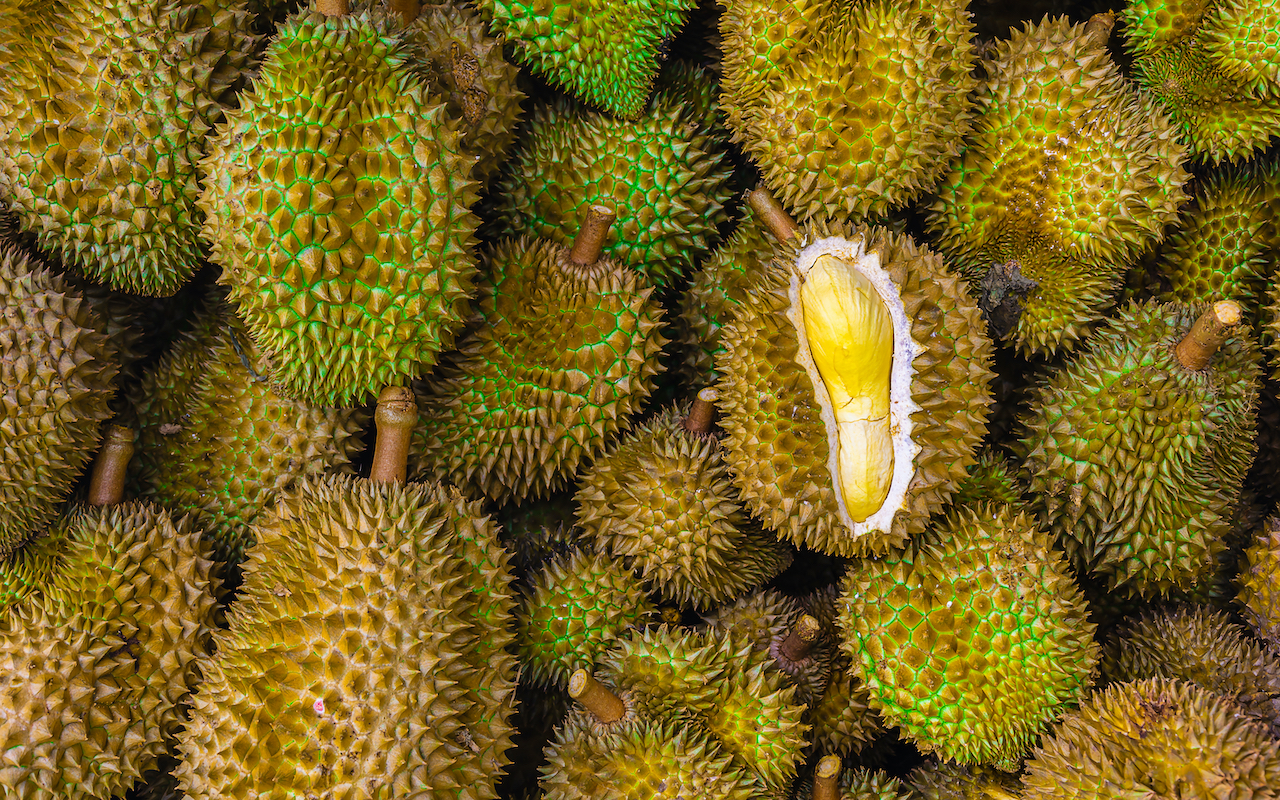
4. Durian
The late Anthony Bourdain once said eating the King of Fruits will leave you with breath that’s as though you’ve been “French-kissing your dead grandmother”. Others say it’s reminiscent of a gym sock or rotten onions. The beloved fruit however is a delicacy among Southeast Asian countries such as Indonesia, Malaysia and Singapore, and is highly coveted when it’s in season. Case in point: In January 2019, a rare variety of durian made the headlines when each sold for 14 million rupiah (around S$1,300) at a shopping mall in West Java, Indonesia. Tangkahan in North Sumatra and the cities of West Sumatra are some of the best places to enjoy the fruit while in Indonesia.
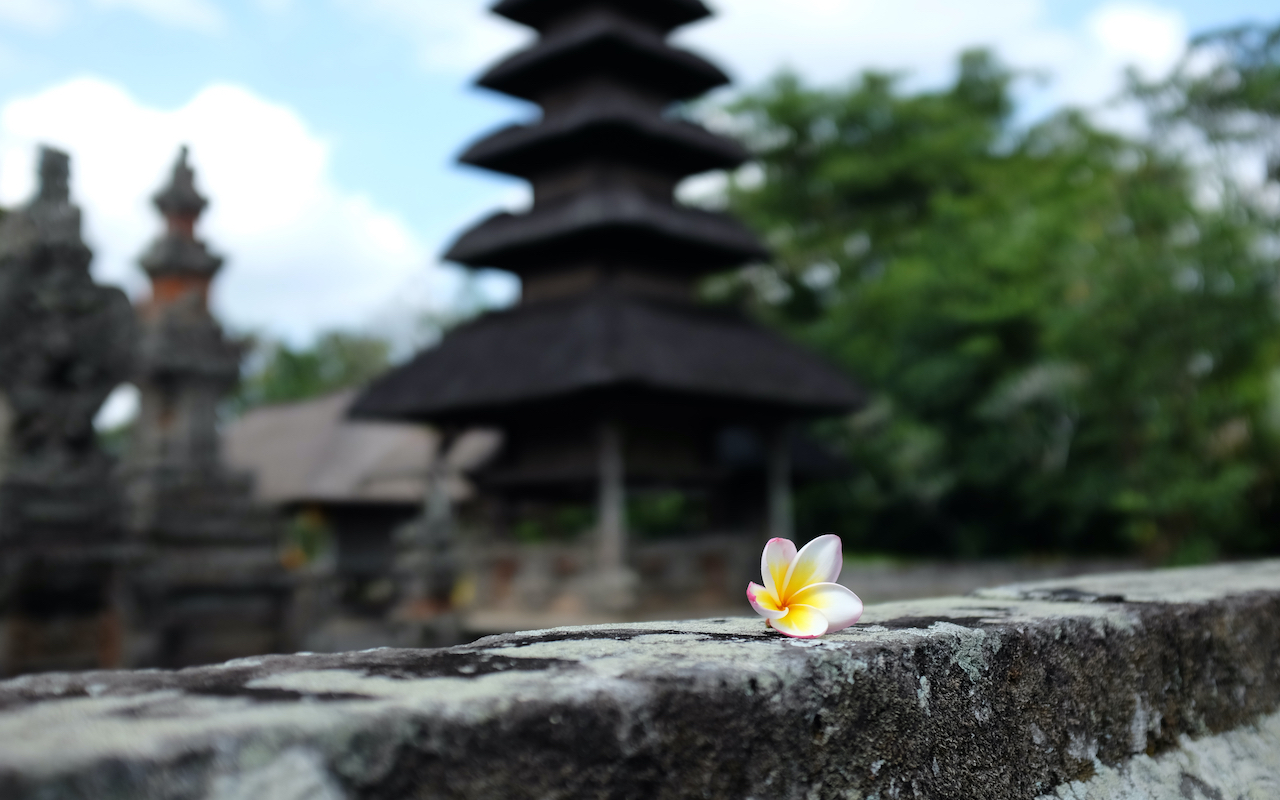
5. Frangipani
The Plumeria Alba, known as the frangipani, is native to Central America but is now commonly found in Southeast Asian countries such as Indonesia and the Philippines. The flower is ubiquitous around Bali and is commonly used as a decoration, for religious offerings (it’s not unusual, for instance, to find a frangipani in someone’s hair), and even in spas. Some Balinese companies have taken to grounding dried frangipanis into a fine powder, which can then be used as a mixture for making incense, body lotions, perfumes and essential oils. To reminisce your island adventures, try the Frangipani Freedom from Maison 21G Eau de Parfum at KrisShop or a Frangipani essential oil from Lemongrass House.
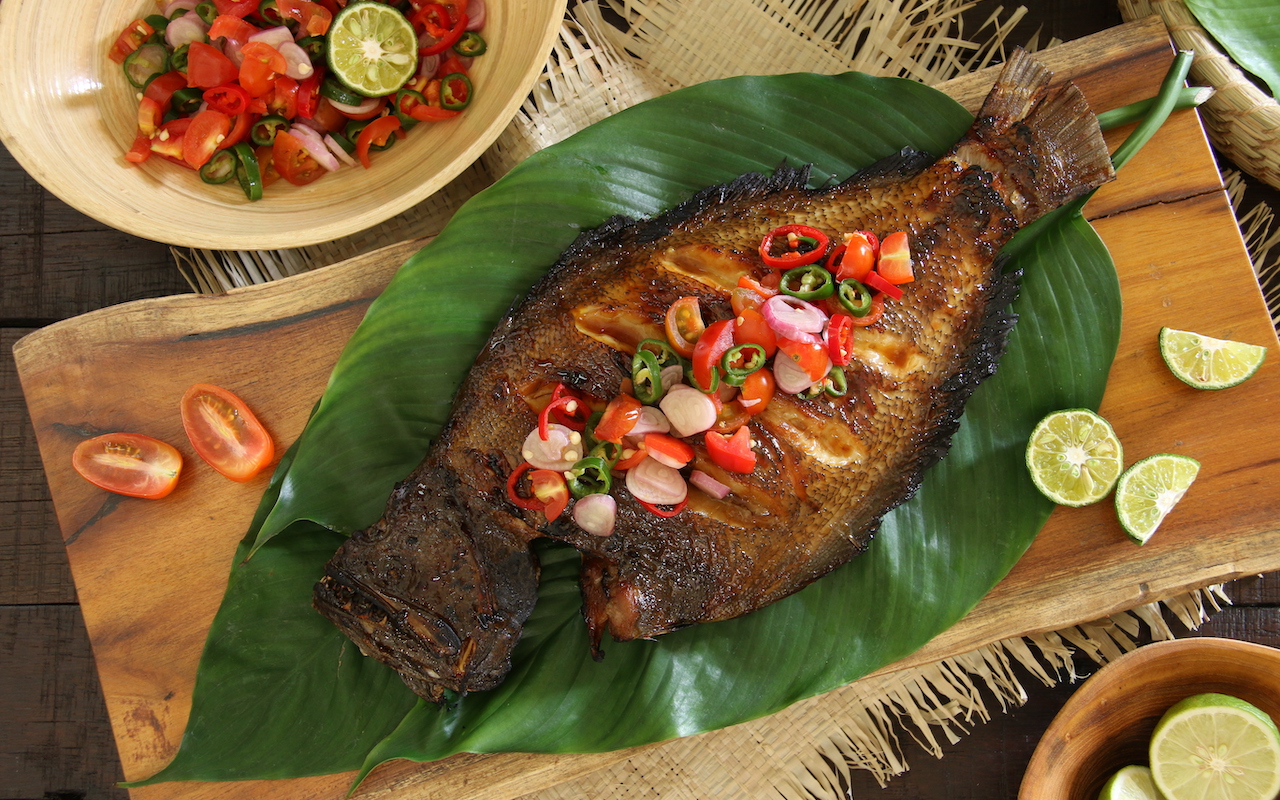
6. Grilled fish
With Indonesia being a country made up of some 17,500 islands, it’s natural that fish and other seafood varieties are in abundance and hence the mainstay of Indonesian food. Ikan bakar, or grilled fish, is a particularly popular dish in Indonesia. It’s a delicious dish of a whole fish that’s smothered with kecap manis (sweet soy sauce), lime and other spices before it’s grilled to a juicy finish over charcoal. Try the dish at Warung Mina Ubud in Bali, Pondok Ikan Bakar Ujung Pandang in Jakara, or one of Ikan Bakar Cianjur’s many outlets around Indonesia (Batam, Jakarta, Jogjakarta) – all of which are highly lauded by foodies.
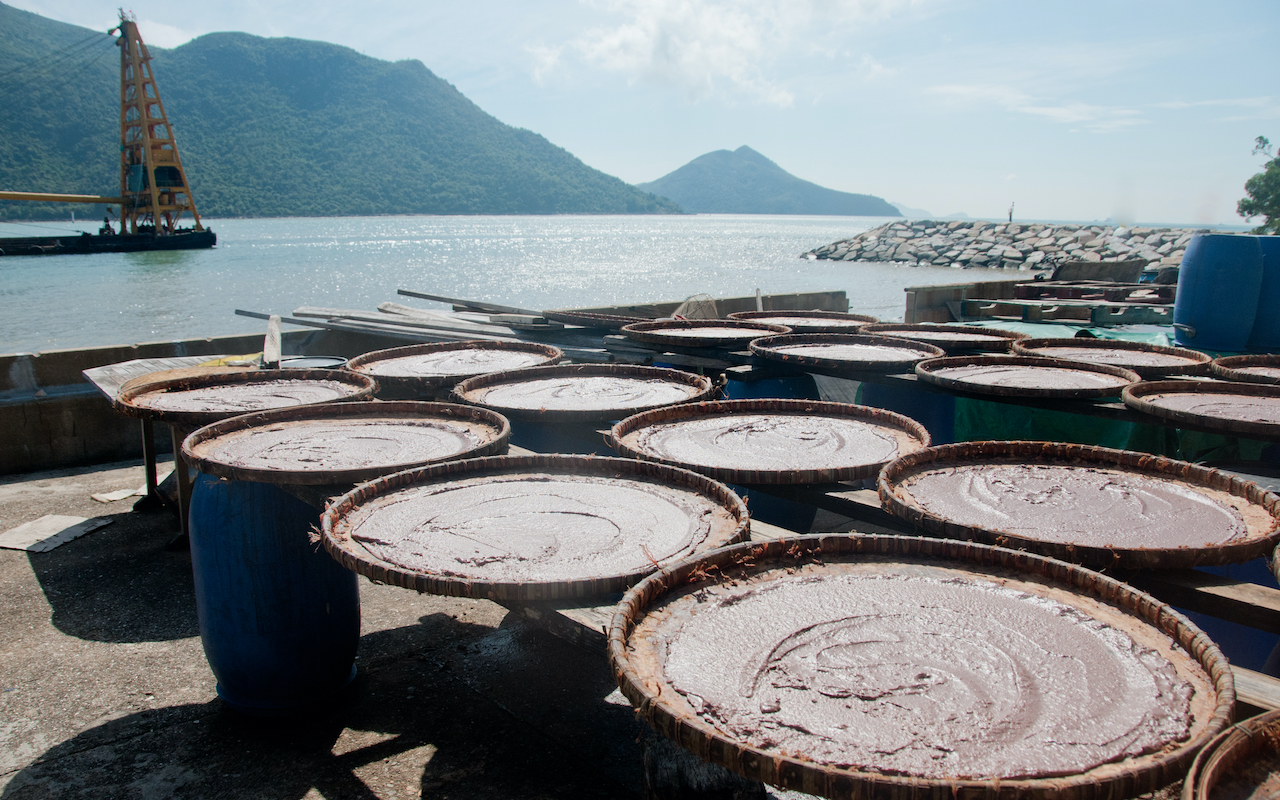
7. Shrimp paste
Better known as terasi in Indonesia and belacan in Singapore, you’d be hard-pressed not to find a dish that does not incorporate the fermented condiment in Indonesia. The aromatic paste is made of finely crushed shrimp or krill mixed with salt that’s fermented for weeks, resulting in a pungent aroma. Reddish-brown in colour, it is an essential ingredient in curries, sauces and pastes, and is used in meals such as sayur asam (sour vegetable soup) and nasi goreng (fried rice). Many Indonesian dishes incorporate terasi with sambal (a chili sauce made from red chilies, shallots, garlic and tomatoes) for an extra punch. You can easily find shrimp paste in Asian supermarkets and grocery stores in a jar or as a rectangular slab.
Please check the establishments’ respective websites for opening hours as well as booking and seating requirements before visiting, and remember to adhere to safe-distancing measures while out and about. Do also check train and bus schedules ahead of time.
The information is accurate as of press time. For updated information, please refer to the Ministry of Foreign Affairs’ website.
To learn more about Singapore Airlines flights, visit singaporeair.com.
SEE ALSO: Neighbourhood spotlight: Bukit Peninsula, Bali
The post What are the most iconic smells of Indonesia? appeared first on SilverKris.
from SilverKris
No comments:
Post a Comment